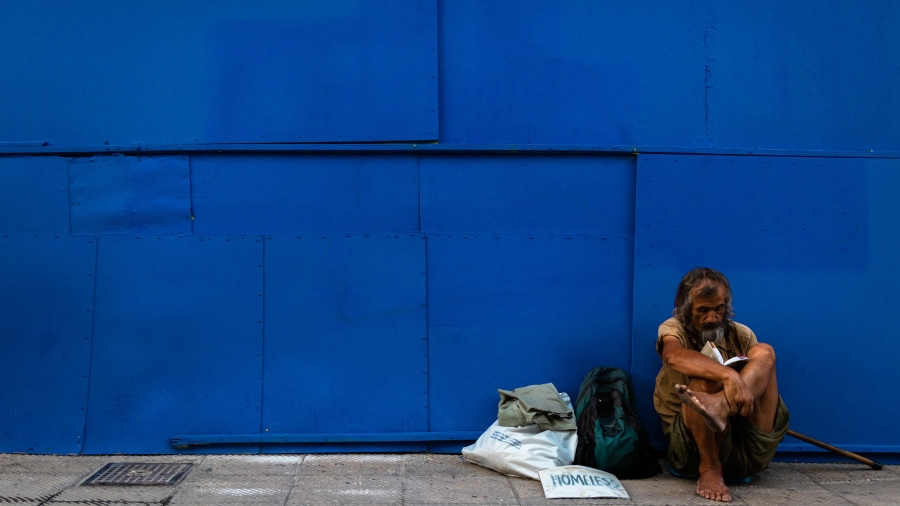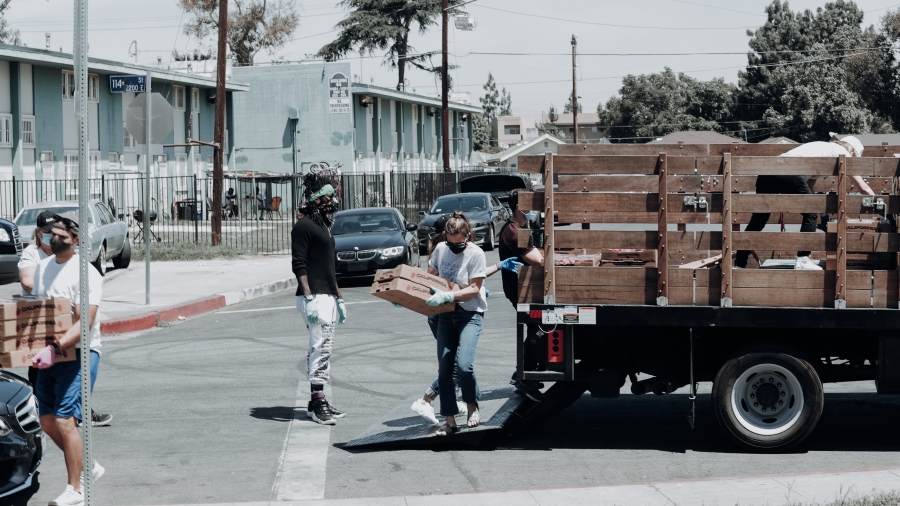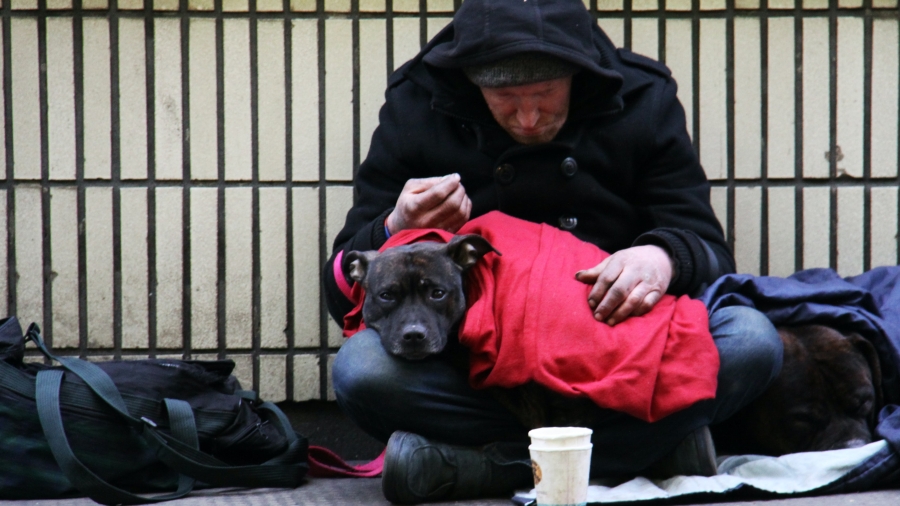
Impacts of COVID-19 on food access in Maricopa County
Daoqin Tong, ASU School of Geographical Sciences and Urban Planning
"Accessing healthy, affordable food is especially challenging for people living in low-income neighborhoods, communities of color, and rural and tribal areas. "
- USDA Economic Research Service
Background
The COVID-19 pandemic is fueling a range of devastating consequences to the U.S. economy. Soaring unemployment rates are pushing millions of families into food insecurity. Adequate access to affordable healthy food has become a pressing societal issue due to the COVID-19 pandemic.
The number of families who are food insecure and in need of food assistance has increased substantially during COVID-19. Meanwhile, the social distancing requirement is also changing the way that people access food. This shift in consumer behavior may have significant impacts on disadvantaged population groups, including low-income, minority, and those why reply on food assistance programs, affecting their vulnerability to future crises.
Research questions
-
How would the new way of food acquisition affect healthy food access, especially for vulnerable population groups?
-
Considering economic stress, the new rules for obtaining food, and the vulnerability of the food system, what are the impacts of the COVID-19 pandemic on food access and food security?
-
How does COVID-19 change people's perception of the resilience of the current food system — the conventional, local food system, in particular?
Methods and findings
Tong surveyed 538 residents to gain a comprehensive understanding of the impacts of the COVID-19 pandemic on food access in Maricopa county. The survey consisted of three sections. The first section revolved around three methods of obtaining food: in-store food shopping, online shopping for in-store pickup, and online shopping for delivery. The second section contained questions related to food quality, price, and variety, food security status, participation in food assistance programs before and during COVID-19, perception of the resilience of the current food system, and strategies developed to mitigate the impacts of COVID-19 on food access. The last section collected respondents’ demographic and socioeconomic information, including age, income, employment status, access to internet and credit card/bank account, household composition, car ownership, race and ethnicity, major cross streets of home, and whether a respondent works from home during COVID-19. Tong then geocoded the locations of the grocery stores and cross streets provided by respondents and performed summary statistics and regression analysis to examine pre- and post-pandemic food access patterns.
Her study shows that COVID-19 changed the way people obtain food. During COVID-19, a significant number of people have reduced their food shopping trips and replaced in-store food shopping with online shopping. Her research indicates that this pattern is likely to persist, as over 80% of online shoppers would like to continue online food shopping after COVID-19.
Tong also found that food insecurity worsened during COVID-19. People are in general more worried about food price, food availability, and financial status. Because of COVID-19, a significant number of people started to worry about the resilience of the current food system. To mitigate the impacts of COVID-19, about half of survey respondents developed or plan to develop ways to enhance food access, including growing their own food and moving to a place with better food access.
Compared with the general population group, Tong found that fewer low-income people use online shopping for delivery. Also, there is a significantly smaller portion of SNAP/WIC recipients who use online shopping to obtain food both before and during COVID. Possible barriers include access to internet and credit card/bank accounts, limited online food stores that accept SNAP/WIC cards, and knowledge of online shopping. This suggests that those who rely on food assistance programs may experience additional barriers to food access.
Impact
The research finding that a significant number of people will continue online food shopping even after COVID-19 provides insights into future food retailing planning. Meanwhile, food access challenges of vulnerable population groups (e.g., low-income, SNAP/WIC recipients) identified in this study will help food assistance programs, non-profit organizations and government agencies in Maricopa County (and beyond) to plan food service provision and formulate effective interventions during shocks like COVID-19. These food access changes identified by the project may remain even after the pandemic subsides. Therefore, research may have profound impacts in food studies and will provide important insights into efforts aimed at enhancing food security and policies to help prepare for future shocks.
Deliverables
In addition to presenting her findings at two conferences and in two journal articles, Tong also submitted a grant proposal and shared a summary of her data with local organizations and communities like Maricopa County Food System Coalition, local food banks, and the Valley of the Sun United Way.
Daoqin Tong
Associate Professor
ASU School of Geographical Sciences and Urban Planning
Academic Fellow, 2020
Daoqin Tong is an associate professor in the School of Geographical Sciences and Urban Planning at Arizona State University. Tong received her doctorate in geography and master's in civil engineering from The Ohio State University. Tong’s research has mainly focused on the use of spatial analytics including spatial optimization, geographic information system (GIS), spatial statistics and big data to support urban and regional studies concerning locational decisions, transportation, food access, and public health. Her recent projects include modeling spatial data uncertainty, collaborative geodesign for alternative fuel locations, modeling vector-borne disease spread at various spatial scales, analyzing issues with urban food access and urban agriculture, and examining rainwater as potential resource for water independence in desert cities.



